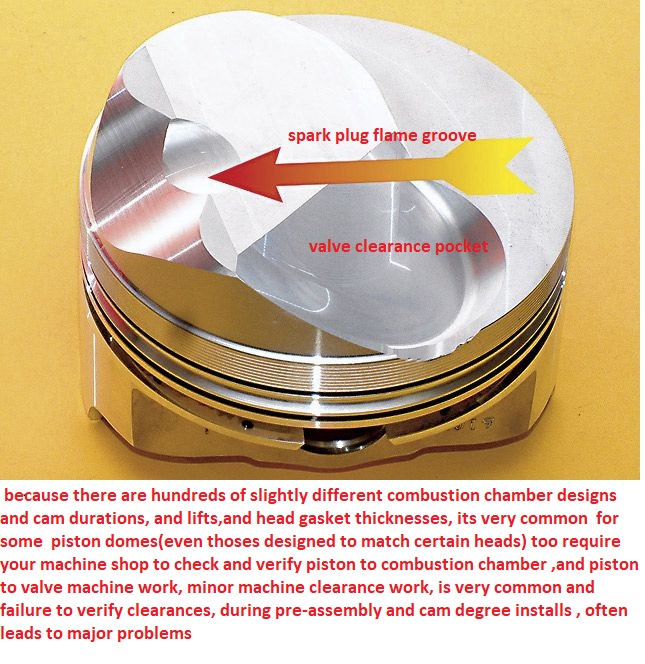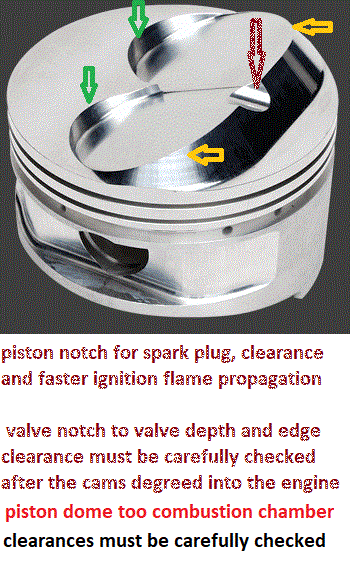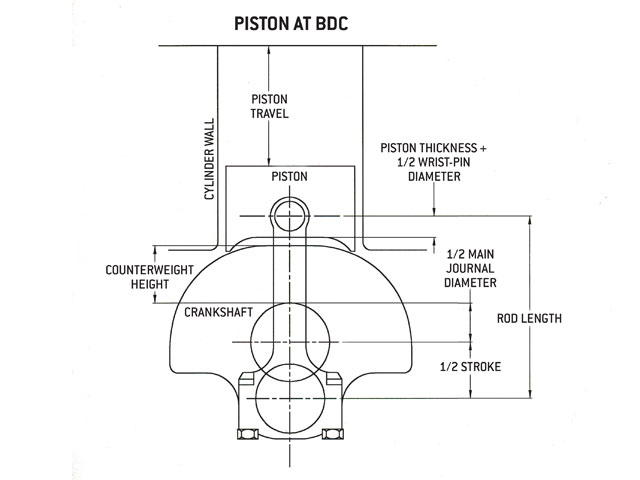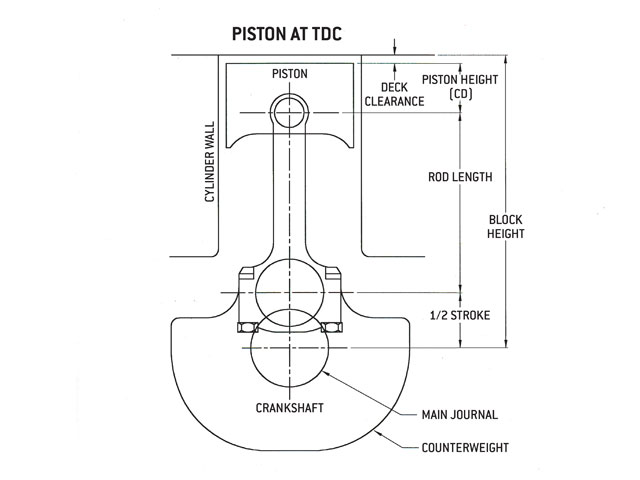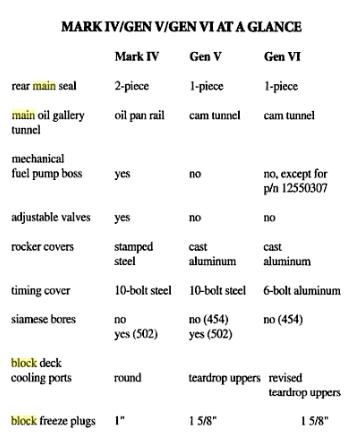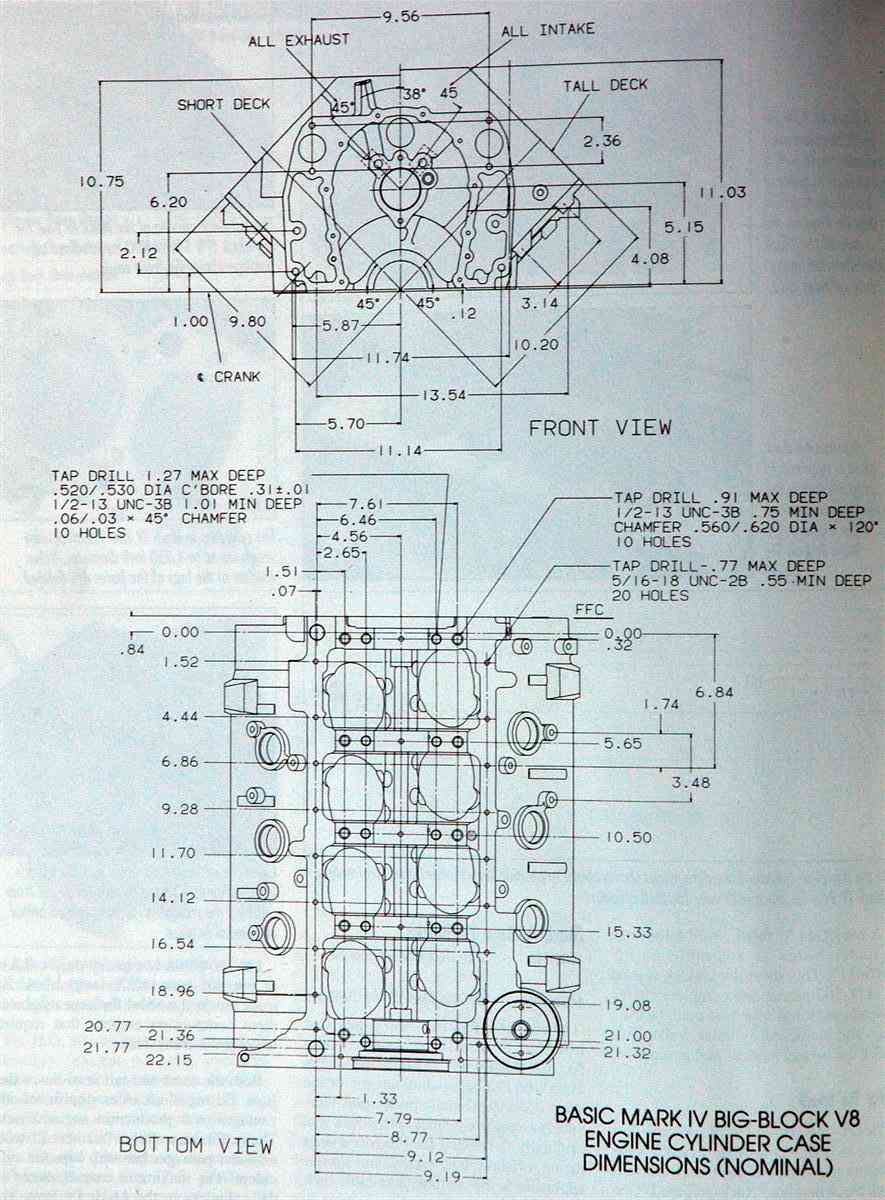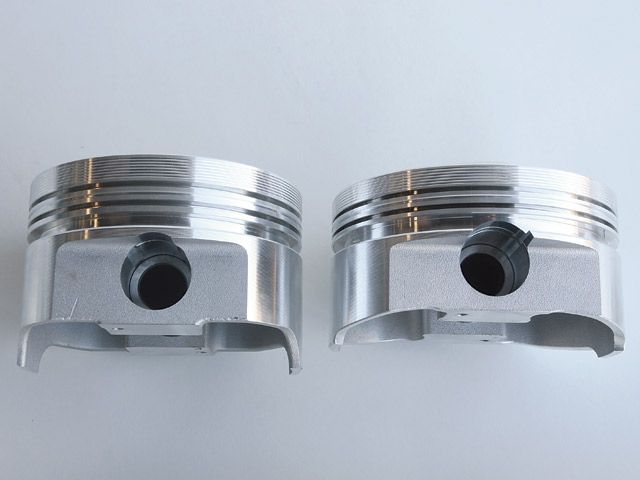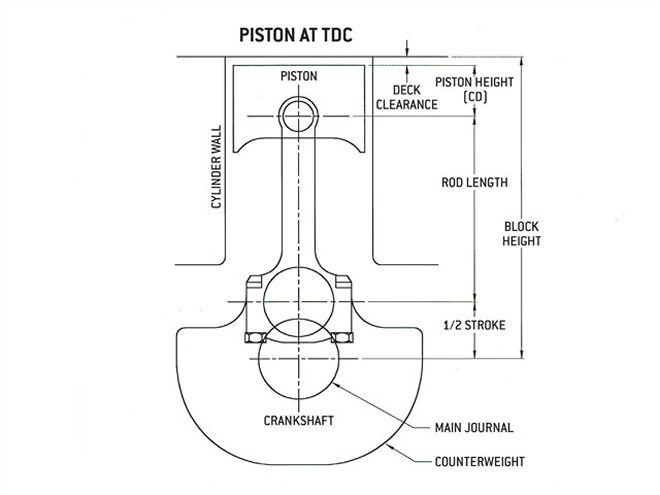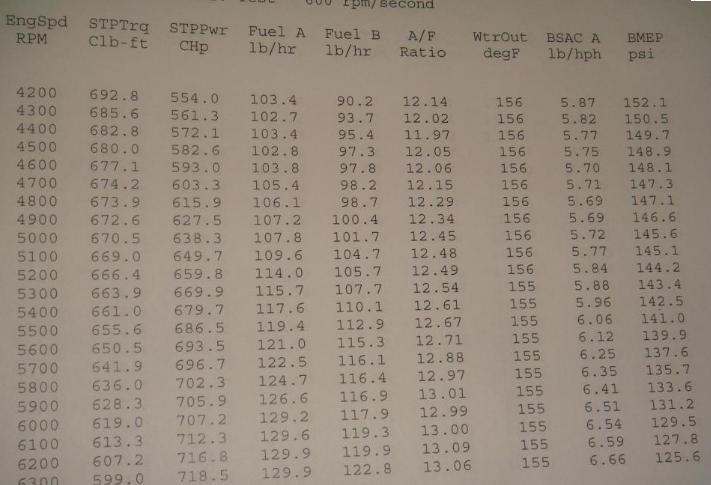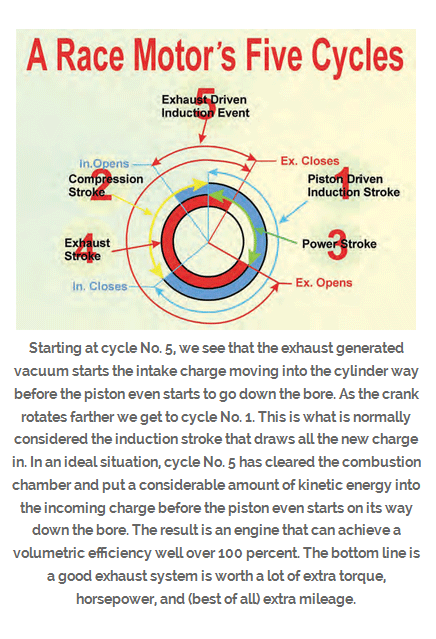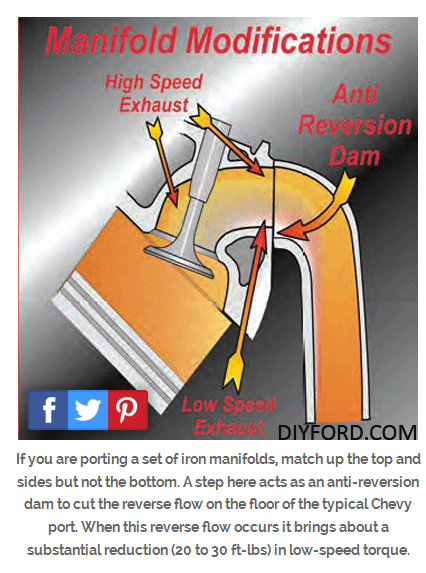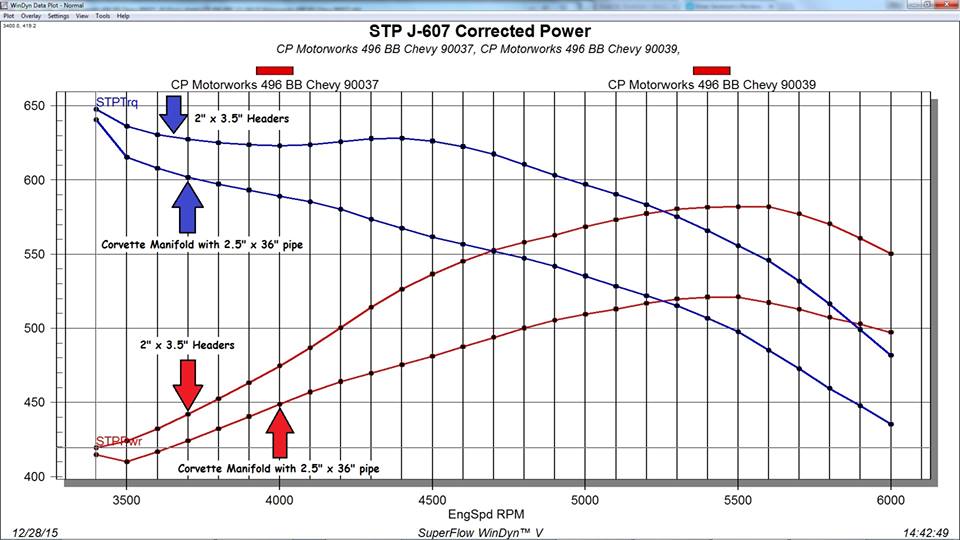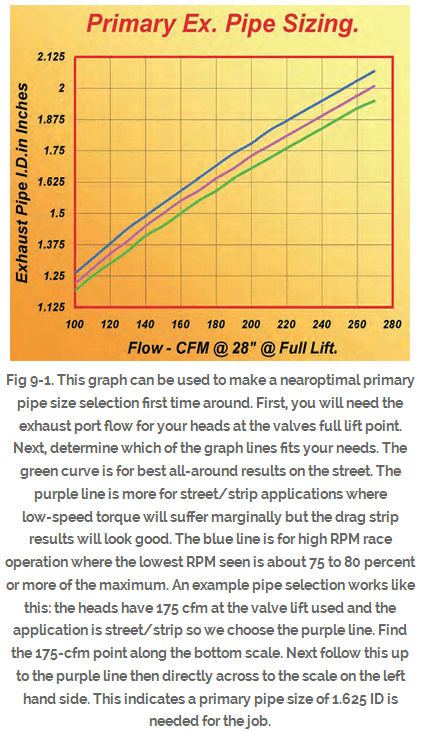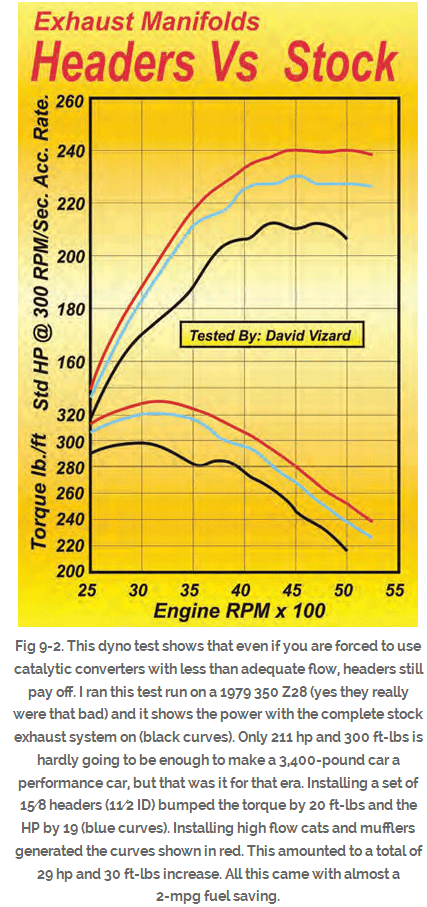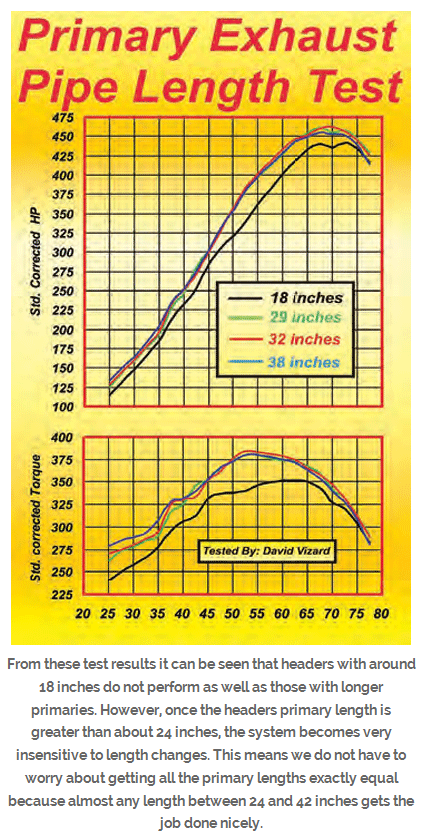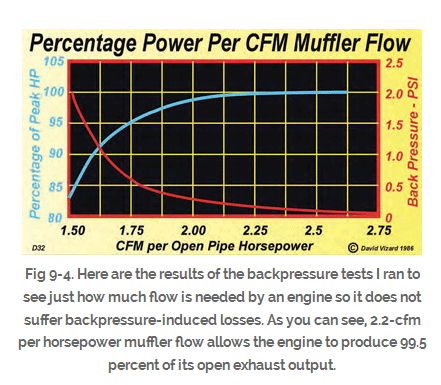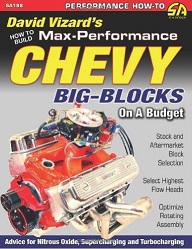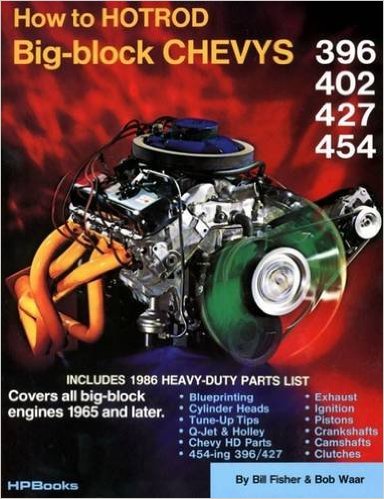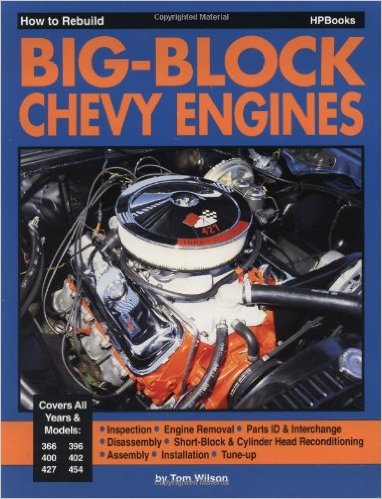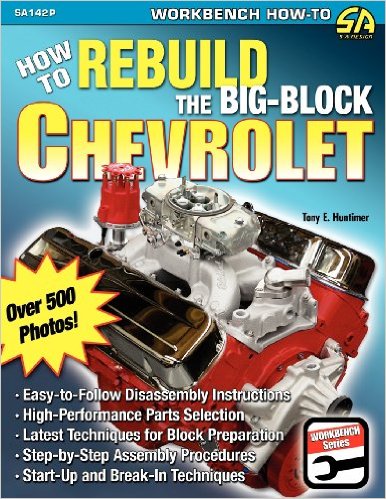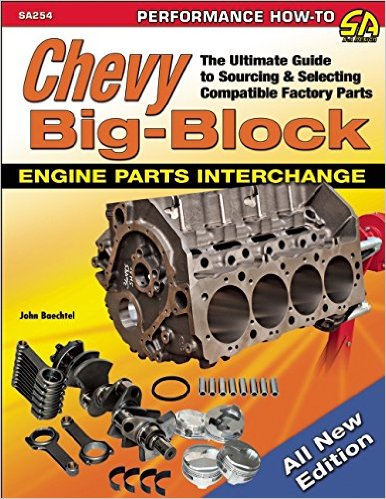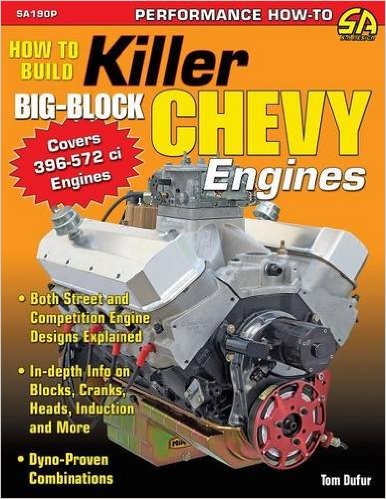heres an interesting bbc build in a magazine article
http://www.chevyhiperformance.com/tech/ ... index.html
viewtopic.php?f=53&t=9986&p=38689#p38689
Westech Performance 496 Chevy Big Block Build - A Monster Is Born
Shopping Cart
DESCRIPTION PN PRICE
AFR Cylinder heads (complete) 2101 $2,485
ARP Head bolts 135-3703 $70
COMP Rockers 1.7:1 Pro-Magnum 1320-16 $318
Intake pushrods (8.580-inch) 7906-8 $88
Exhaust pushrods (9.470-inch) 7757-8 $136
Camshaft 11-825-9 $328
Lifters 888-16 $501
Adjustable billet timing gear 8110 $214
Two-piece timing cover 271 $258
Spacer VH311 $20
EDELBROCK Victor Jr 454-R manifold 2902 $225
FEL-PRO BBC gasket kit 2805 $124
GM Gen VI big-block 12561353 $1,200
HOLLEY 1,000 cfm 80513-1 $740
LUNATI Rotating assembly EA496FMTD $4,380
Crank 4.250
Rods 6.800
King rod bearings CR849HP
King main bearings MB5147HP
Wiseco 48cc pistons WISK238A6
Wiseco rings WIW100F8-4310-5
MILODON Oil pan 30955 $304
Oil pump 18760 $68
Oil pump pickup 18201 $57
MSD Distributor 85561 $253
Dyno Chart
RPM LB-FT HP
3,500 579.7 386.3
3,600 579.6 397.3
3,700 583.0 410.7
3,800 587.1 424.8
3,900 589.6 437.8
4,000 591.2 450.3
4,100 593.8 463.6
4,200 597.8 478.1
4,300 602.7 493.5
4,400 607.7 509.1
4,500 614.3 526.4
4,600 621.5 544.3
4,700 629.9 563.7
4,800 637.0 582.2
4,900 642.1 599.0
5,000 645.5 614.5
5,100 649.2 630.4
5,200 653.2 646.7
5,300 656.8 662.8
5,400 658.3 676.9
5,500 657.8 688.8
5,600 656.0 699.5
5,700 653.8 709.6
5,800 651.8 719.8
5,900 650.2 730.5
6,000 648.1 740.4
6,100 644.9 749.1
6,200 641.2 756.9
6,300 637.7 764.9
6,400 633.3 771.7
6,500 627.6 776.7
6,600 619.1 778.0
6,700 611.5 780.1
6,800 602.2 779.7
6,900 593.2 779.3
7,000 583.8 778.1
Average torque 623
Average power 625
Sources
Air Flow Research
877.892.8844
airflowresearch.com ARP
800.826.3045
arp-bolts.com
Comp Cams
800.999.853
compcams.com Edelbrock Corp.
310.781.222
edelbrock.com
Fel-Pro
248.354.7700
federal-mogul.com Holley
270.782.2900
holley.com
King Engine Bearings
973.857.0705
kingbearings.com Lunati
662.892.1500
lunaticams.com
Milodon
805.577.5950
milodon.com MSD
915-857-5200
msdigntion.com
Westech Performance Group
951.685.4767
westechperformance.com Wiseco
440.951.6600
wiseco.com
http://www.chevyhiperformance.com/tech/ ... index.html
viewtopic.php?f=53&t=9986&p=38689#p38689
Westech Performance 496 Chevy Big Block Build - A Monster Is Born
Shopping Cart
DESCRIPTION PN PRICE
AFR Cylinder heads (complete) 2101 $2,485
ARP Head bolts 135-3703 $70
COMP Rockers 1.7:1 Pro-Magnum 1320-16 $318
Intake pushrods (8.580-inch) 7906-8 $88
Exhaust pushrods (9.470-inch) 7757-8 $136
Camshaft 11-825-9 $328
Lifters 888-16 $501
Adjustable billet timing gear 8110 $214
Two-piece timing cover 271 $258
Spacer VH311 $20
EDELBROCK Victor Jr 454-R manifold 2902 $225
FEL-PRO BBC gasket kit 2805 $124
GM Gen VI big-block 12561353 $1,200
HOLLEY 1,000 cfm 80513-1 $740
LUNATI Rotating assembly EA496FMTD $4,380
Crank 4.250
Rods 6.800
King rod bearings CR849HP
King main bearings MB5147HP
Wiseco 48cc pistons WISK238A6
Wiseco rings WIW100F8-4310-5
MILODON Oil pan 30955 $304
Oil pump 18760 $68
Oil pump pickup 18201 $57
MSD Distributor 85561 $253
Dyno Chart
RPM LB-FT HP
3,500 579.7 386.3
3,600 579.6 397.3
3,700 583.0 410.7
3,800 587.1 424.8
3,900 589.6 437.8
4,000 591.2 450.3
4,100 593.8 463.6
4,200 597.8 478.1
4,300 602.7 493.5
4,400 607.7 509.1
4,500 614.3 526.4
4,600 621.5 544.3
4,700 629.9 563.7
4,800 637.0 582.2
4,900 642.1 599.0
5,000 645.5 614.5
5,100 649.2 630.4
5,200 653.2 646.7
5,300 656.8 662.8
5,400 658.3 676.9
5,500 657.8 688.8
5,600 656.0 699.5
5,700 653.8 709.6
5,800 651.8 719.8
5,900 650.2 730.5
6,000 648.1 740.4
6,100 644.9 749.1
6,200 641.2 756.9
6,300 637.7 764.9
6,400 633.3 771.7
6,500 627.6 776.7
6,600 619.1 778.0
6,700 611.5 780.1
6,800 602.2 779.7
6,900 593.2 779.3
7,000 583.8 778.1
Average torque 623
Average power 625
Sources
Air Flow Research
877.892.8844
airflowresearch.com ARP
800.826.3045
arp-bolts.com
Comp Cams
800.999.853
compcams.com Edelbrock Corp.
310.781.222
edelbrock.com
Fel-Pro
248.354.7700
federal-mogul.com Holley
270.782.2900
holley.com
King Engine Bearings
973.857.0705
kingbearings.com Lunati
662.892.1500
lunaticams.com
Milodon
805.577.5950
milodon.com MSD
915-857-5200
msdigntion.com
Westech Performance Group
951.685.4767
westechperformance.com Wiseco
440.951.6600
wiseco.com

